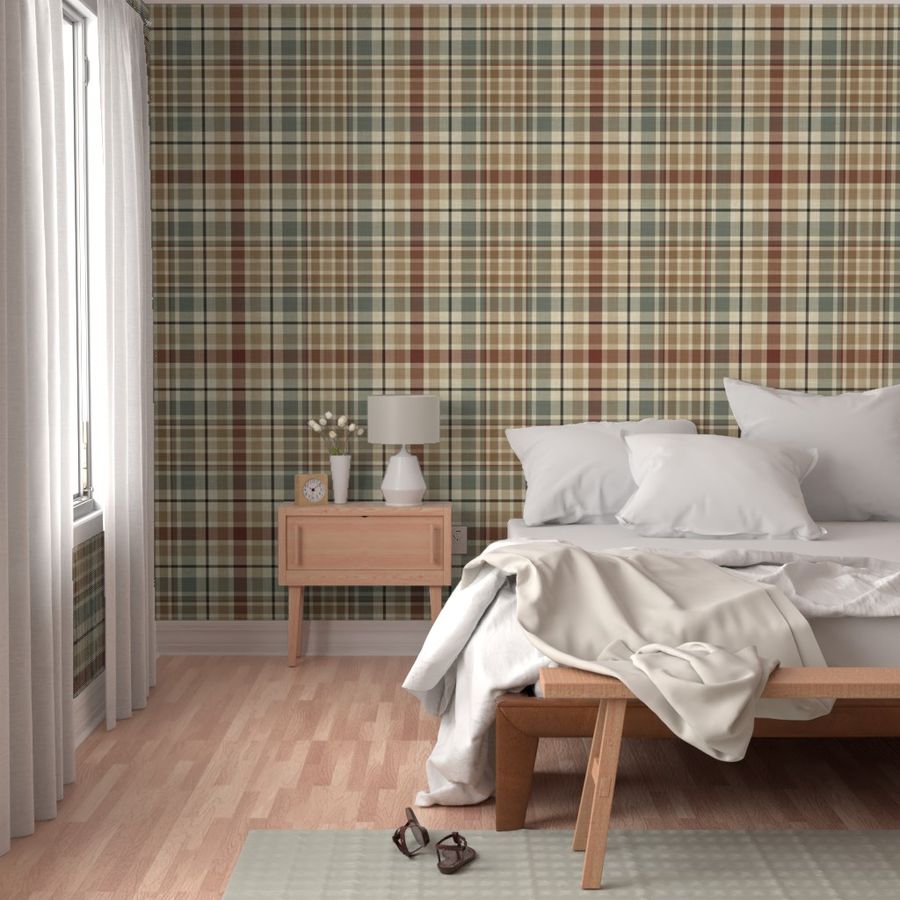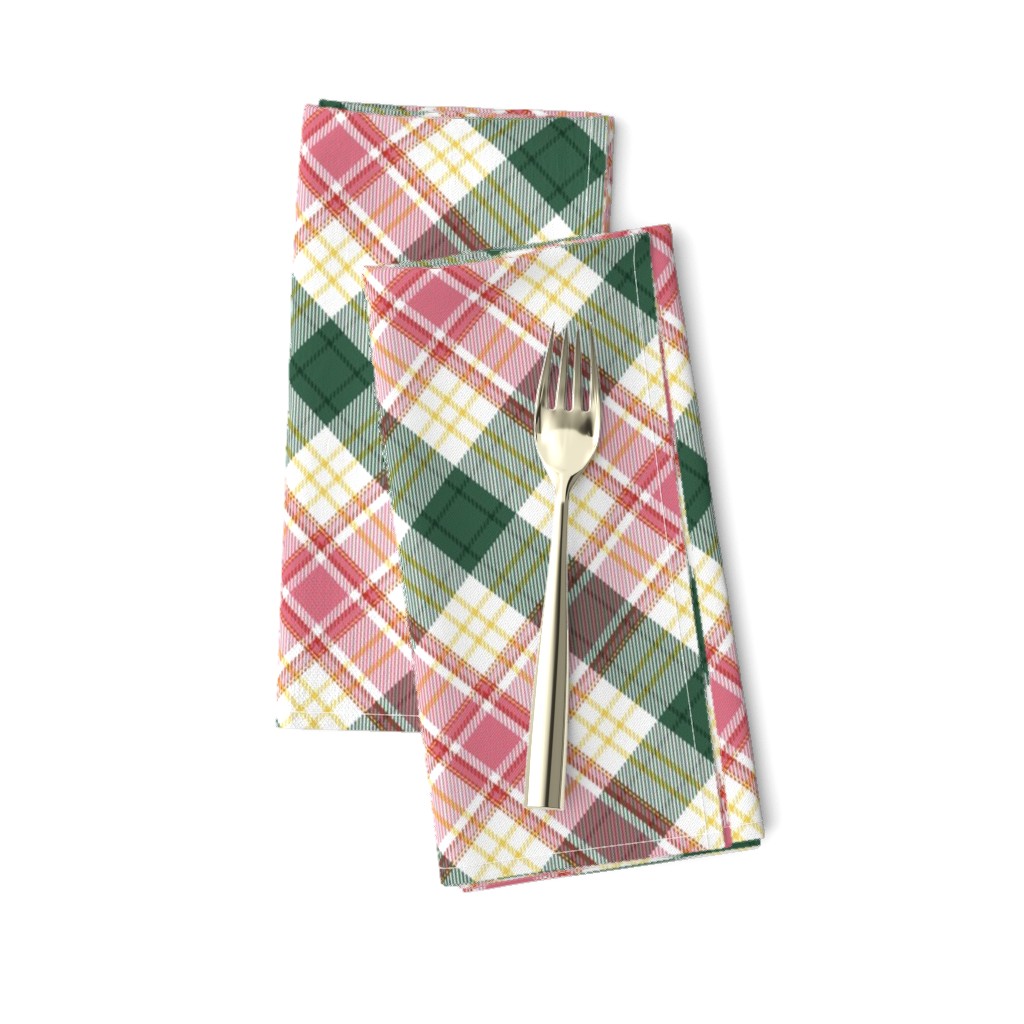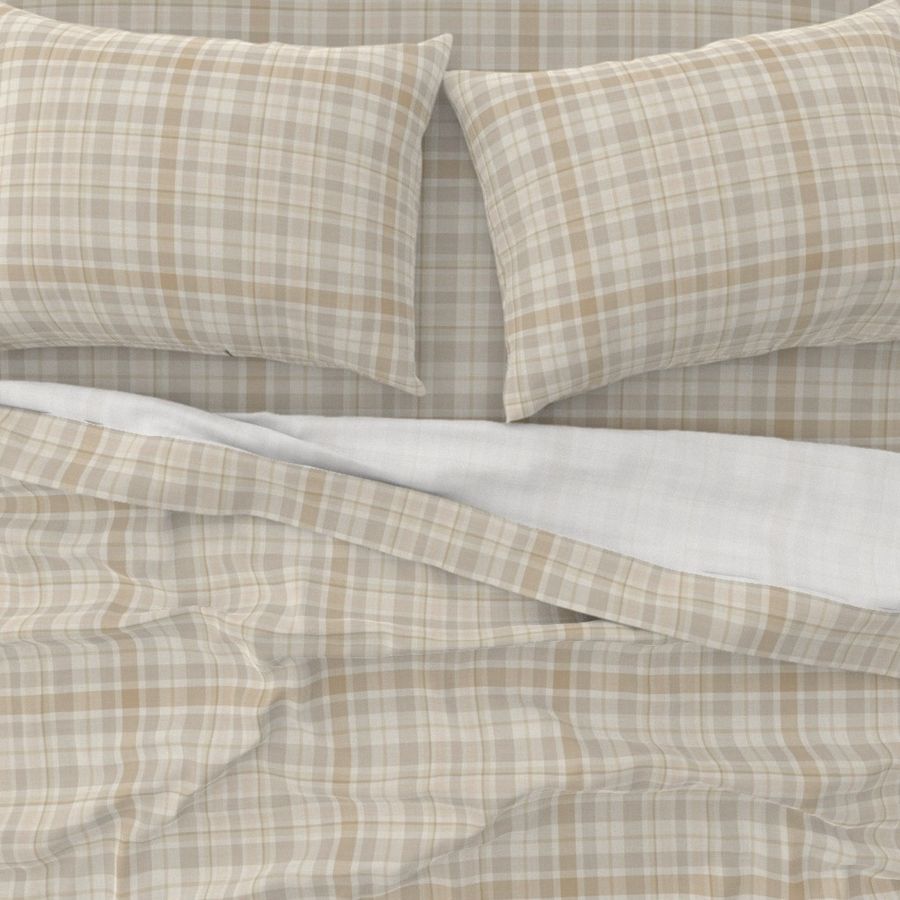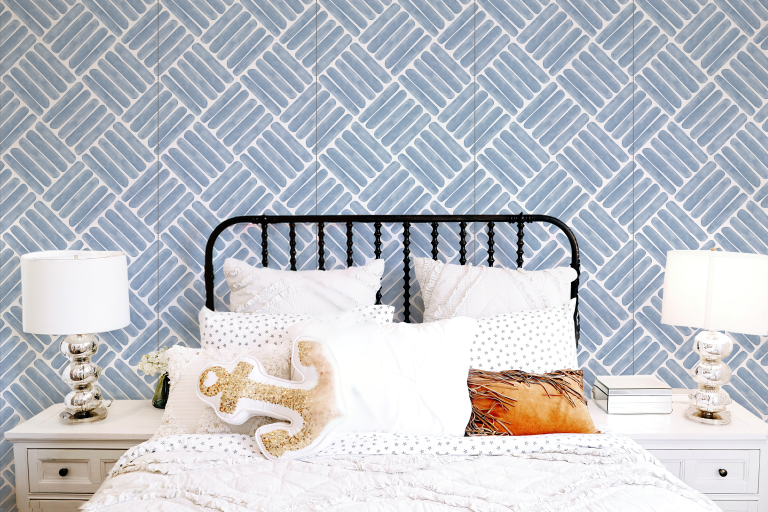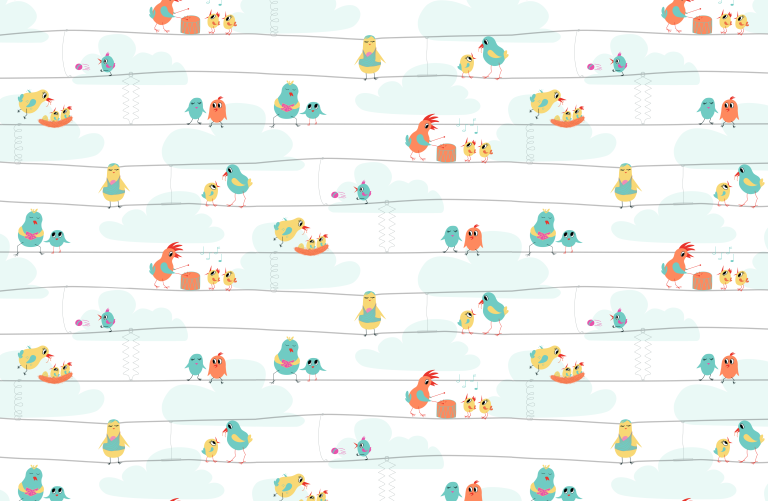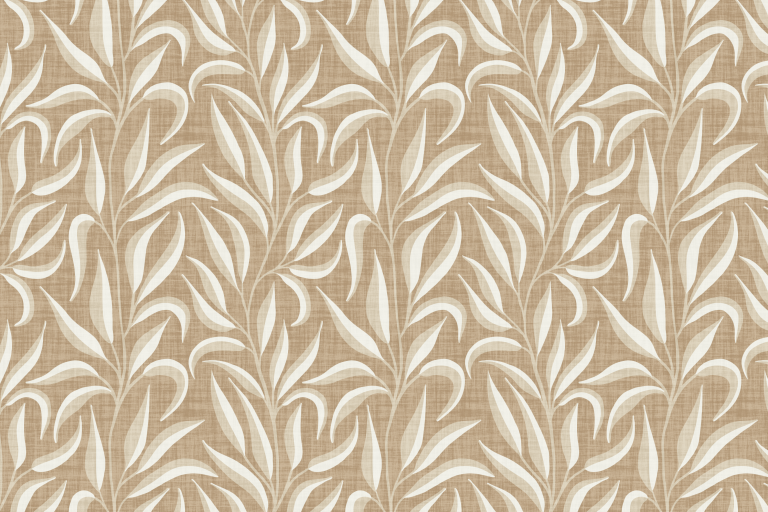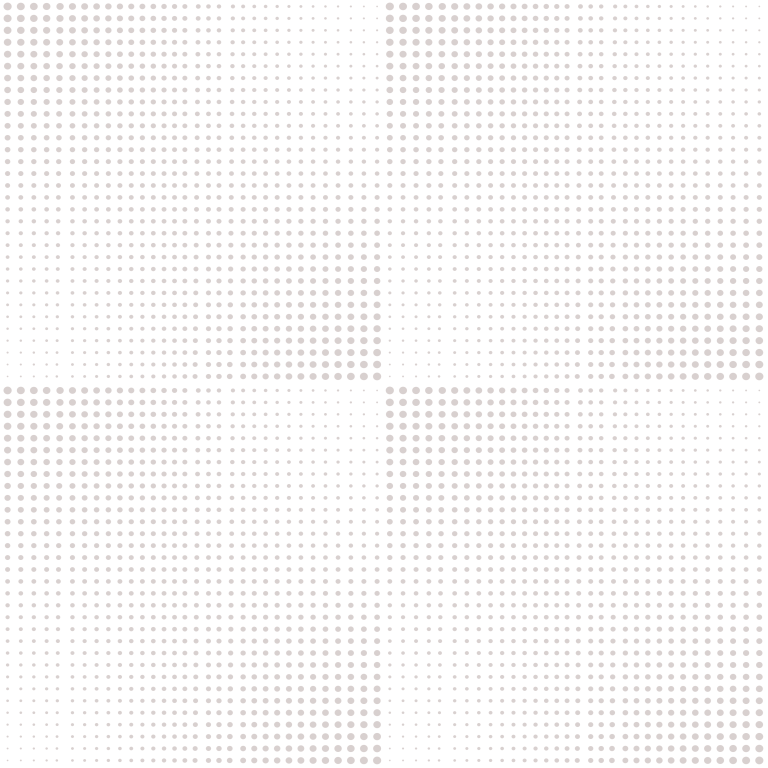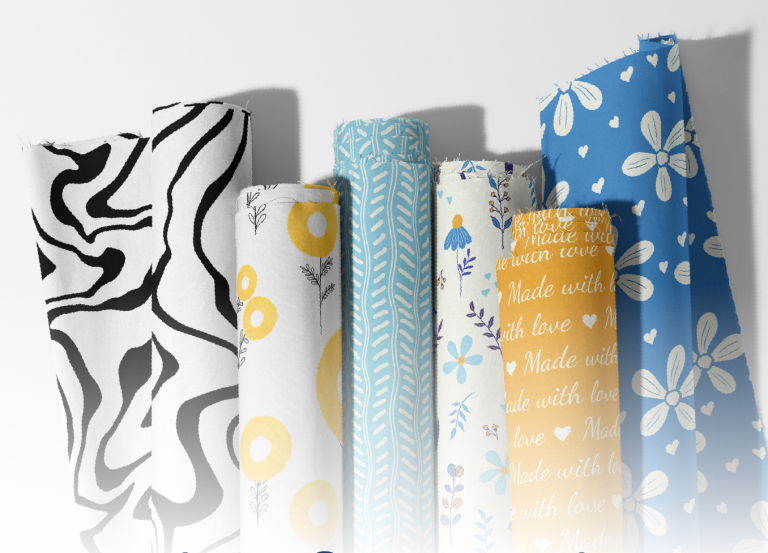Tartan, Plaid, Check or Gingham?
I first noticed the tartan pattern while watching “The Highlander” movie – tartan for me became solely about kilts and Scotland. Then there was a trend to cover everything down the waist in as bright a tint of tartan as you dare. And finally elegant Burberry bags with a beautiful beige tartan. All these bits and pieces were collecting in the back of my mind until now. Today, as a designer and crafter, I want to explore tartan deeper and play with its variations. So let’s see how it looks, what other names it has and is it still popular.
Is it still popular?
Starting from the last question, it’s evident that tartan is not only still alive but thriving. It transitioned from the Highlands and royal families to modern fashion icons, finding its place in clothing, personal accessories and interior design, including tablecloths and wallpaper. This versatile pattern spans from simple checks to intricate combinations, breathing life into a variety of settings. Also, tartan is a unisex pattern, it looks great in any color and goes well with accent (hero) patterns as a coordinate.
So, what is tartan?
Recognized by its distinct checkered design, tartan typically features stripes of varying widths and colors, both horizontally and vertically. The most renowned tartan version is the Scottish Highland tartan, showcasing vibrant combinations of reds, blues, and greens.
Many names
While shopping for fabric online it’s useful to know how others might refer to the print you are looking for.
- Plaid – In North America, “plaid” often serves as a synonym for tartan. The term is derived from the Scottish Gaelic word “plaide,” referring to a blanket or outer garment featuring a tartan pattern.
- Check and Checkered – The term “check” is occasionally used to describe tartan, given its essential nature as a checkered pattern.
- Gingham – While gingham traditionally refers to a smaller, simpler checkered pattern, it’s sometimes used interchangeably with tartan or plaid, particularly in the realms of fashion and design.
- Crossover – The fashion and design industries sometimes use terms like “tartan plaid” or “plaid tartan” to emphasize the fluidity in how people refer to this pattern. This interchangeability results in various ways of describing the same design.
Tartan trends
In contemporary fashion, tartan embraces a wide spectrum of colors and styles, extending beyond the classic Scottish palette. Designers experiment with pastels, bold neons, and monochromatic schemes. Tartan remains a fashion staple, gracing runways, streetwear, and interiors. Its influence extends beyond kilts and plaids, adorning everything from skirts and scarves to upholstery and wallpaper. And of course Christmas – tartan holds its positions on the Christmas market for years and now is strongly associated with Christmas PJ’s and unisex wrapping paper.
From a symbol of Scottish heritage, tartan has transcended its roots, now making a statement on the global fashion, interior and decor stage. Its enduring appeal and adaptability ensure that tartan, in all its incarnations, continues to bring a touch of Scottish charm wherever it goes.
Got more questions? Ask Me!
Find this information interesting? Subscribe to my newsletter to get more!
Sources:
Historic UK – The History of Tartan
National Geographic – Scotland’s Tartan Plaid: The Real History
Shutterstock Blog – The History of Scottish Tartan: 10 Facts You Might Not Know
How to Create a Seamless Tartan Plaid with a Twill Weave in Adobe Illustrator
